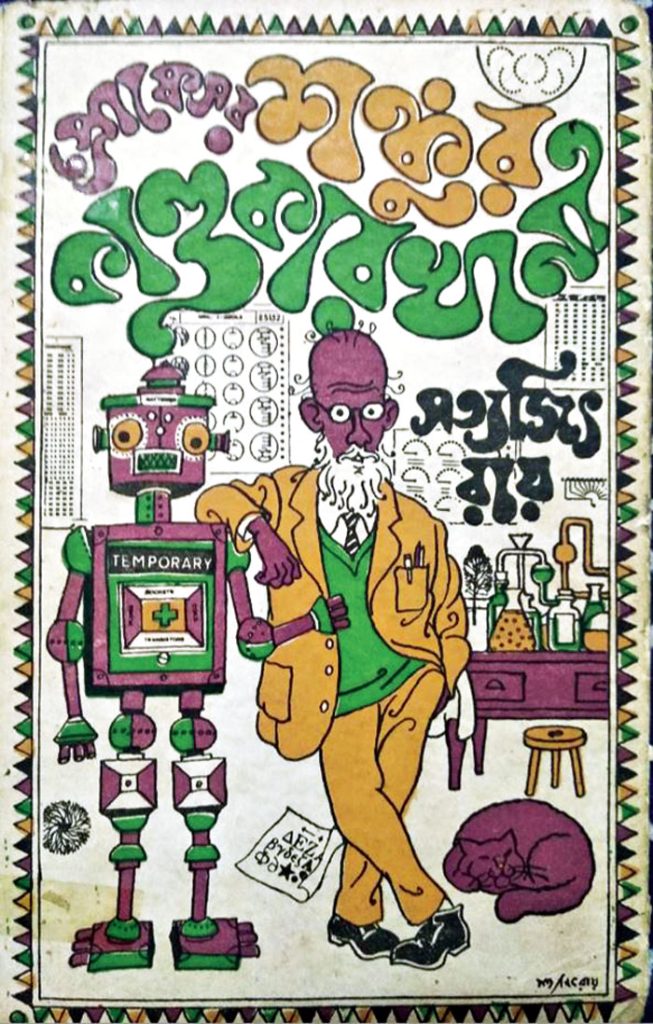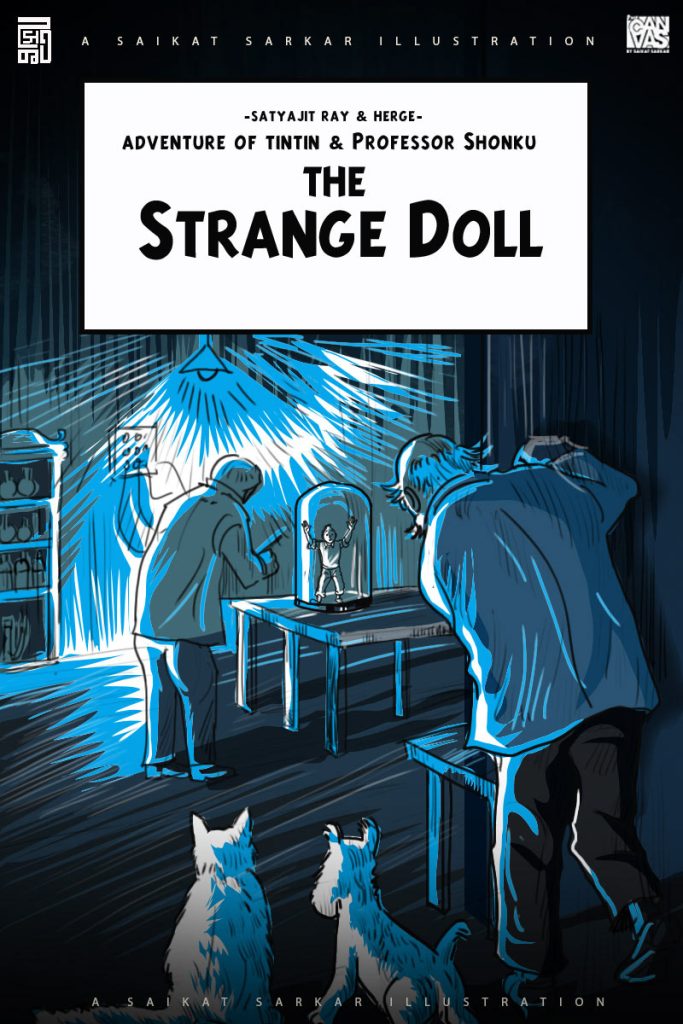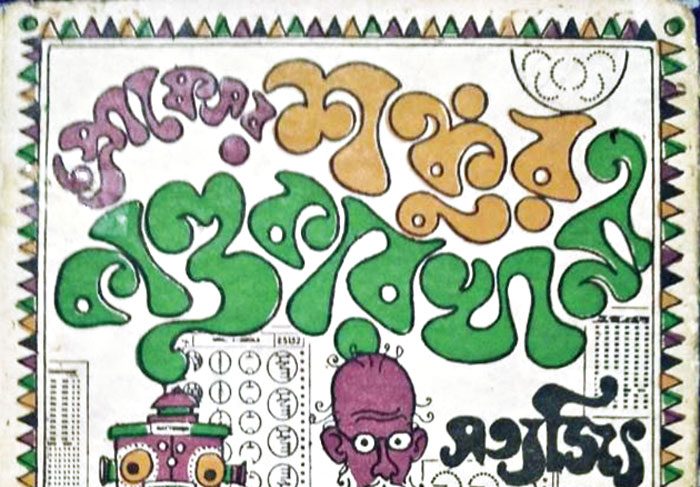
The collective spirit of the community plays a pivotal role, shaping the destiny of India’s sci-fi movement and its champions. Amidst the trials of daily existence, these enthusiasts strive to create modest yet captivating legacies that evoke awe and challenge conventional beliefs.

The Oxford dictionary succinctly characterizes science fiction as “fiction rooted in speculative future scientific or technological progress, intertwined with significant societal or environmental shifts.” This definition resonates with the myriad depictions of science fiction prevalent in popular culture. However, it’s essential to recognize that fiction, while captivating, provides only a microscopic glimpse into a broader, multifaceted reality. Consequently, it often sidesteps the intricate socio-economic inquiries necessary for maintaining its fantastical allure.
Navigating the intricate tapestry of social complexities, diverse perspectives, and class disparities, the definition of fiction remains fluid and multifaceted. What constitutes science fiction for one individual may diverge significantly from another’s interpretation. This divergence poses a challenge in pinpointing a precise qualification for science fiction in India. As we embark on this literary journey, we grapple with the question: Where do we chart the course? How do we map our origins and discern the trajectory that guides us toward an uncertain yet captivating future?

Indian science fiction, as articulated by Assistant Professor Sami A Khan, transcends simplistic Western tropes. It defies mere replication. Instead, it weaves a rich tapestry of complexity. Over a century of ‘modern’ Indian SF exists, spanning diverse linguistic landscapes. For instance, in Hindi, we encounter Pandit Ambika Dutt Vyas’s ‘Ascharya Vrittant’ (published in Piyush Pravaha in 1884) and Babu Keshav Prasad’s ‘Chandra Lok Ki Yatra’ (featured in Saraswati in 1900). Meanwhile, in Bengali, Hemlal Dutta’s ‘Rahasya’ (found in Vigyan Darpan in 1882), Jagadananda Ray’s ‘Shukra Bhraman’ (1892), and Jagadish Chandra Bose’s ‘Palatak Toofan’ (published in Avyakta in 1896) contribute to this captivating legacy.
Indian languages today continue to carry forward the legacy of these works. Interestingly, the roots of sci-fi writing in India pre-date the modern era characterized by printing and journals. But where does Indian mythology fit into this landscape?
According to Khan, the nature of fiction often hinges on society’s perception of science and fantasy. Consider a scenario where a person travels instantaneously from point A to point B. In speculative texts, this might be attributed to “floo power” (as seen in Harry Potter). In science fiction, teleportation (à la Star Trek) could explain it, while in mythology, it might be the will of a divine being (think Bifröst in Thor). Despite the shared event (faster-than-light travel), the way it is described determines whether the text is classified as science fiction, fantasy, or mythology.

Vijayendra Mohanty, a former journalist, has delved into speculative fiction for years. His recent online anthology, Kalp Fiction, adds to the rich tapestry of Indian science fiction
In this captivating collection, a myriad of scientific, supernatural, and familiar mythological tropes intertwine, offering fresh perspectives on the rumored and the believed.
Vijayendra Mohanty eloquently challenges the notion that culture is a static entity, frozen in time and requiring preservation. Instead, he asserts that culture is a dynamic creation, constantly shaped by our actions and interactions. We are the architects of culture, weaving its threads with every choice we make.
And so, Mohanty’s consistent return to mythology becomes a celebration of our collective creativity—a reminder that we are not mere preservers, but active participants in the ever-evolving tapestry of human experience.
In a tale woven from the threads of Vijayendra Mohanty’s anthology, a goat and a cow find their voices, bearing witness to the supernatural spectacle of Hanuman cradling the Doragiri mountains within his palm.
This subtle shift in perspective unfurls hidden dimensions within our ancient texts. It transforms them from mere narratives into inquisitive portals, inviting us to explore the unseen corners of our shared heritage.
As the goat and cow converse, they reposition myth as inquiry, urging us to question the boundaries of reality and the veils that shroud our past. Through their eyes, we glimpse the interplay of gods and mortals, the whispers of forgotten winds, and the echoes of timeless truths.
In this delicate dance between the mundane and the mystical, we discover that every story is a question waiting to be asked, an invitation to unravel the fabric of existence and peer into the heart of eternity.
Science fiction, often associated with urban settings, has historically thrived in cities where a higher percentage of the population possesses scientific literacy. While its origins may lie in metropolitan areas, SF has gradually permeated smaller towns and other regions. The growth of scientific education paved the way for SF’s ascent several decades ago. Indian writers have skillfully woven SF narratives into diverse settings. For instance, Satyajit Ray’s character Professor Shonku resides in Giridih, a town. Furthermore, as urbanization expands and rural-to-urban migration increases, defining the boundaries of a city becomes a complex task. Indeed, the interplay between folklore, superstition, and science complicates the task of drawing clear boundaries. Science fiction (SF) defies easy definition; it is a dynamic genre that evolves even as we attempt to pin it down. As Tom Shippey aptly puts it, SF is “the literature of change,” perpetually shifting and adapting. By the time we formulate a definition that distinguishes between scientific inquiry and superstition, both realms have already transformed—much like our own understanding.
Certainly! Modern Indian science fiction reflects contemporary sensibilities and concerns, as evidenced by recent works featured in the Gollancz Book of South Asian Fiction. However, these anxieties, one could argue, remain deeply connected to Indian morality and aesthetics.
While it may seem that science fiction hasn’t fully “taken off,” this perception is relative. Over the years, we’ve seen authors like Samit Basu, Achala Upendran, Shweta Taneja, Indra Das, Tashan Mehta, and others contribute to speculative literature. India also boasts a thriving comic book industry that focuses on fantasy and science fiction. Additionally, our television channels frequently air mythological and fantasy stories. Interestingly, podcast statistics reveal that mythology is one of the most popular genres in India.
The Indian imagination, much like the diverse country itself, is not a monolithic entity. Speculative literature continues to hold sway over significant portions of our collective creative consciousness.

Khan, a proponent of science fiction (SF), asserts that the genre has a rich historical lineage, dating back over a century in India. Unlike mere mimicry of Western tropes, Indian SF has evolved uniquely. Notable works include Pandit Ambika Dutt Vyas’s ‘Ascharya Vrittant’ (published in Piyush Pravaha in 1884) in Hindi and Hemlal Dutta’s ‘Rahasya’ (published in Vigyan Darpan in 1882) in Bengali. These early pioneers laid the foundation for what would become a vibrant tradition in Indian languages.
Indian mythology, too, plays a role in shaping the genre. The distinction lies in how events are described: instantaneous travel from point A to B could be attributed to divine will in mythology, teleportation in SF (e.g., Star Trek), or magical means in fantasy (e.g., Harry Potter). The boundary between these realms is fluid, and Indian SF navigates this complexity.
As technology permeates society, SF becomes even more relevant. Khan predicts that the next wave of SF will emerge not only from urban centers but also from Y and Z cities, as well as small towns and mofussils. This democratization of SF, fueled by technology, promises exciting narratives that transcend rigid boundaries and captivate readers across India.
Community, indeed, forms the bedrock of India’s science fiction (SF) movement. As the genre navigates the complexities of everyday existence, it is the collective spirit that sustains its proponents. Their endeavors, though often challenging, contribute to a legacy of wonder and disbelief. These small yet captivating legacies, woven into the fabric of our cultural imagination, inspire generations to explore the cosmos of ideas and possibilities.














